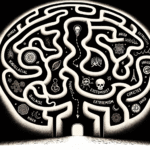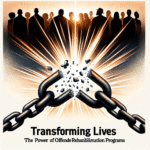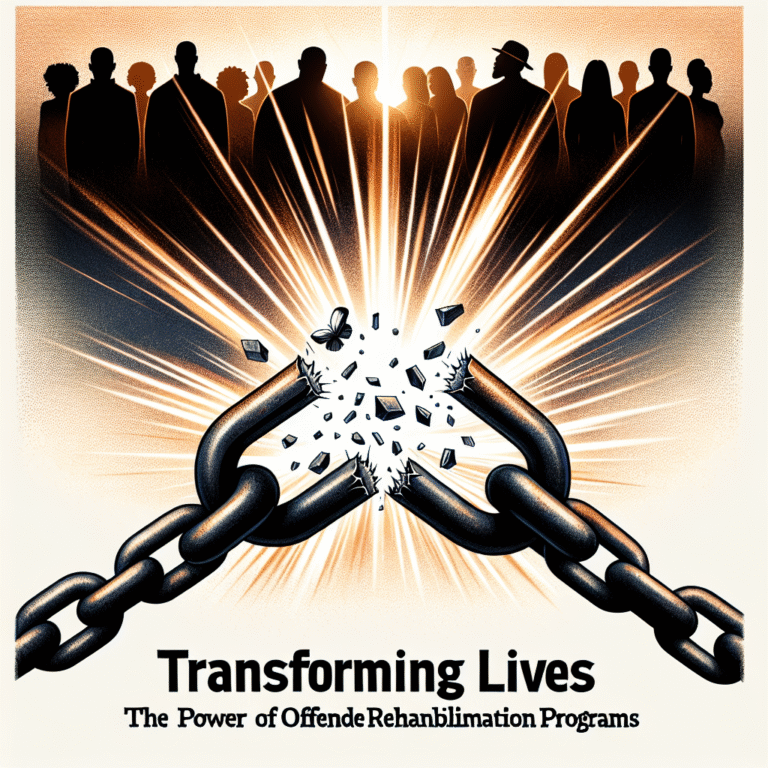
Introduction
In a world increasingly aware of mental health issues, the complexities surrounding trauma have become a focal point of discussion among healthcare providers, counselors, and individuals alike. Navigating the Complexities of Trauma: Effective Assessment Strategies is not just an academic exercise; it reflects the urgent need to understand and treat trauma effectively. Our lives are often enriched or hindered by our experiences, especially traumatic ones. Thus, mastering the assessment of trauma is imperative for fostering healing and resilience.
Imagine a world where trauma is not a burden but a stepping stone toward growth. This article explores that transformative journey, offering frameworks, case studies, and actionable insights aimed at equipping professionals and caregivers to effectively assess trauma. Let’s journey through the intricate landscape of trauma assessment with strategies designed to enlighten and empower.
Understanding Trauma: A Multifaceted Concept
Types of Trauma
Trauma can manifest in various forms, playing a significant role in how we experience distress. Understanding the types of trauma is vital for effective assessment:
| Type of Trauma | Description |
|---|---|
| Acute Trauma | Resulting from a single incident. |
| Chronic Trauma | Resulting from repeated exposure to traumatic events. |
| Complex Trauma | Exposure to multiple traumas, often involving interpersonal relationships. |
| Developmental Trauma | Occurring during critical growth periods, particularly in childhood. |
Each type necessitates a unique assessment approach, as the context surrounding the trauma can heavily influence an individual’s emotional and psychological responses.
Effective Assessment Strategies: A Structured Approach
Establishing a Safe Environment
To navigate the complexities of trauma, creating a safe and secure environment is paramount. This not only allows individuals to express their feelings freely but also enhances the validity of the assessment.
Key Actions:
- Non-judgmental Stance: Use open body language and maintain a neutral tone.
- Confidentiality Assurance: Clearly communicate the limits of confidentiality to build trust.
Utilizing Standardized Assessment Tools
Standardized tools complement subjective assessments, offering tangible data that can lead to a comprehensive understanding of an individual’s trauma. Here are a few tools often utilized:
| Tool | Description |
|---|---|
| Clinician-Administered PTSD Scale (CAPS) | Measures PTSD symptoms and their severity. |
| Trauma History Questionnaire | Assesses the types and timelines of trauma experienced. |
| Adverse Childhood Experiences (ACE) | Evaluates childhood trauma’s impact on health and behavior. |
These instruments help clinicians pinpoint specific areas of concern and formulate tailored interventions.
Employing Qualitative Techniques
While standardized tools provide structure, qualitative methods offer depth. Open-ended questions and dialogue can reveal nuanced experiences that cannot be quantified.
Case Study: Sarah’s Journey
Sarah, a 32-year-old who experienced chronic trauma from childhood abuse, participated in a qualitative assessment that included a timeline of her experiences. Through narrative sharing, she articulated her feelings about abandonment and guilt, leading to a deeper understanding of her PTSD symptoms. This qualitative approach provided a holistic view, enabling her therapist to design a customized treatment plan focusing on relational healing.
Engaging in Collaborative Assessment
Navigating the complexities of trauma also involves collaboration—between healthcare professionals, caregivers, and the individual. This collaborative approach enriches the assessment process and fosters greater engagement from all parties.
Strategies for Collaboration:
- Regular interdisciplinary meetings to discuss findings and solutions.
- Involvement of family members, where appropriate, to gather more comprehensive insights.
Assessing Coping Mechanisms and Strengths
Understanding an individual’s coping strategies and resilience factors is crucial for a rounded assessment. Inquire about their existing support systems and adaptive behaviors.
Example Questions:
- What strategies have you found helpful during tough times?
- Who do you turn to for support?
By also evaluating strengths, practitioners can create a balanced perspective that empowers individuals instead of limiting them to their deficits.
Analysis of Case Studies
Case Study 1: John and the Impact of Acute Trauma
John, a soldier returning from combat, exhibited acute PTSD symptoms shortly after deployment. His assessment included standardized tools revealing high levels of anxiety and re-experiencing symptoms. Through careful evaluation, it became evident that John had not only faced external threats but also internal struggles related to reintegration.
Relevance: This case illustrates the effectiveness of combining standardized assessments with personal narratives, ultimately driving targeted therapeutic interventions.
Case Study 2: Maria and Developmental Trauma
Maria, who grew up in a tumultuous household, showcased symptoms of complex trauma. An in-depth qualitative assessment helped her articulate feelings of unworthiness stemming from early experiences of neglect.
Relevance: The ability to connect past experiences with present issues offers predictive insights into the trajectory of her therapeutic journey.
Visual Aids: Enhancing Understanding
Trauma Symptom Scale Overview
| Symptom | Mild | Moderate | Severe |
|---|---|---|---|
| Flashbacks | ☐ | ☐ | ☐ |
| Avoidance of reminders | ☐ | ☐ | ☐ |
| Hyperarousal (e.g., insomnia) | ☐ | ☐ | ☐ |
Using scales, practitioners can visually represent the intensity of symptoms, guiding both the assessment and therapeutic interventions.
The Importance of Continuous Assessment
Tracking Progress Over Time
Trauma is not a static experience; thus, assessments must be continuous. Regular check-ins can provide invaluable insights into how trauma is evolving or being processed, enabling timely adjustments to treatment.
Tools for Ongoing Assessment
- Progress reviews using symptom checklist scales.
- Periodic interviews to reassess coping strategies and needs.
This commitment to ongoing monitoring underscores the dynamic nature of trauma and underscores the adaptable practice of effective assessment strategies.
Conclusion
Navigating the Complexities of Trauma: Effective Assessment Strategies is thus a multi-tiered journey that involves knowledge, empathy, and skill. By creating a safe environment, employing standardized and qualitative methods, engaging in collaboration, and assessing strengths alongside challenges, practitioners can transform trauma assessment into a powerful tool for healing.
The insights gathered through effective assessment not only inform treatment approaches but also empower individuals on their path to recovery, demonstrating that even in the face of deeply entrenched trauma, hope and growth are within reach.
FAQs
1. What is trauma, and how does it affect individuals differently?
Trauma refers to emotional and psychological responses to distressing events. Its effects vary based on individual resilience, history, and coping mechanisms.
2. Why is a safe environment crucial for trauma assessments?
A safe environment fosters trust, enabling individuals to share their experiences openly, which leads to more accurate assessments.
3. How often should trauma assessments be conducted?
Assessments should be ongoing, with regular check-ins to adjust treatment as individuals progress or their situations change.
4. What role do standardized assessment tools play in trauma assessment?
Standardized tools provide a framework for measuring symptoms and their severity, complementing qualitative insights.
5. Can trauma assessments help in identifying strengths in individuals?
Yes, effective assessments not only highlight challenges but also reveal personal strengths and coping methods that can aid recovery.
By effectively navigating the complexities of trauma, practitioners and individuals alike can embrace the journey toward healing, making trauma not just a story of suffering but also of resilience, growth, and empowerment.

















